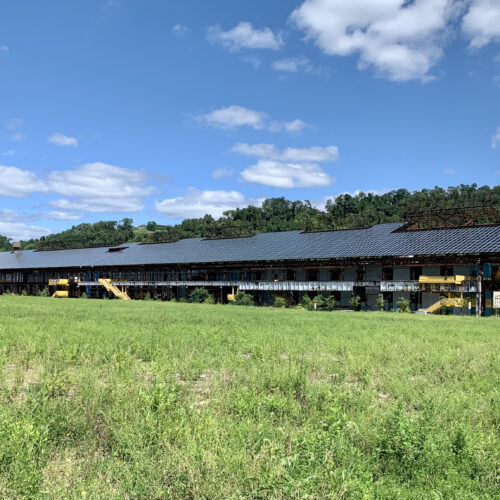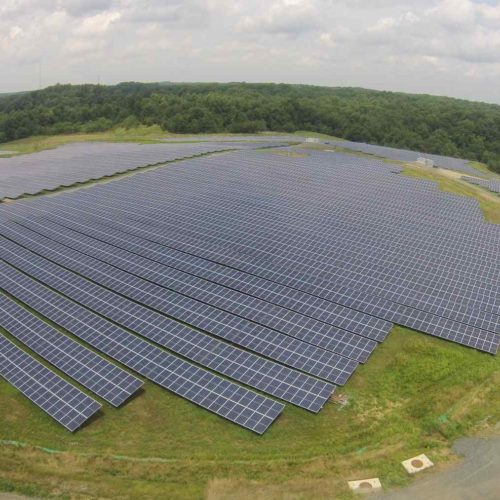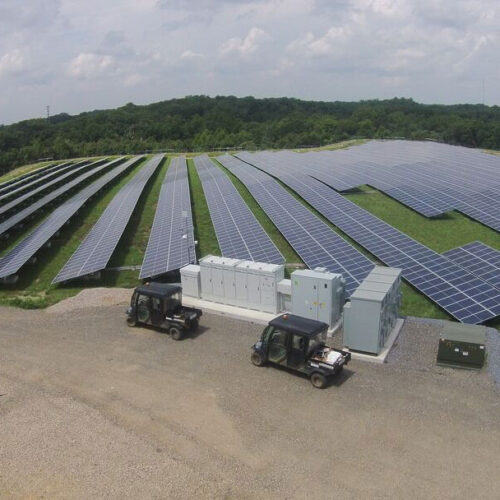Article
This 2 megawatt solar project on a repurposed steel mill in Pittsburgh, PA is one of the largest US rooftop arrays. Photo courtesy of Matthew Popkin.
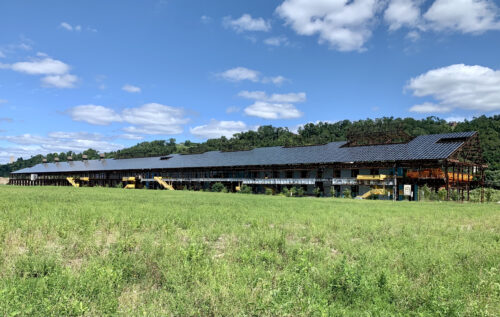
Brightfields Accelerator
Advancing the Energy Transition with Brightfields in US Cities and Communities
The US energy system has always required land, from coal mines to gas and oil wells to long pipelines. Yet as we transition to cleaner alternatives, deploying new solar arrays or wind farms can conflict with agricultural or economic development plans, and these tensions can hinder progress in the clean energy transition.
Given these potential tensions, RMI is leading research and technical assistance to identify and repurpose brownfield sites that can reuse land previously developed and disturbed. Converting brownfields to brightfields offers a smart and sustainable solution for communities of all shapes and sizes to revitalize often disused regions while speeding up the growth of clean energy.
Learn more below about how RMI is leading research and technical assistance to scale brightfields across the United States.
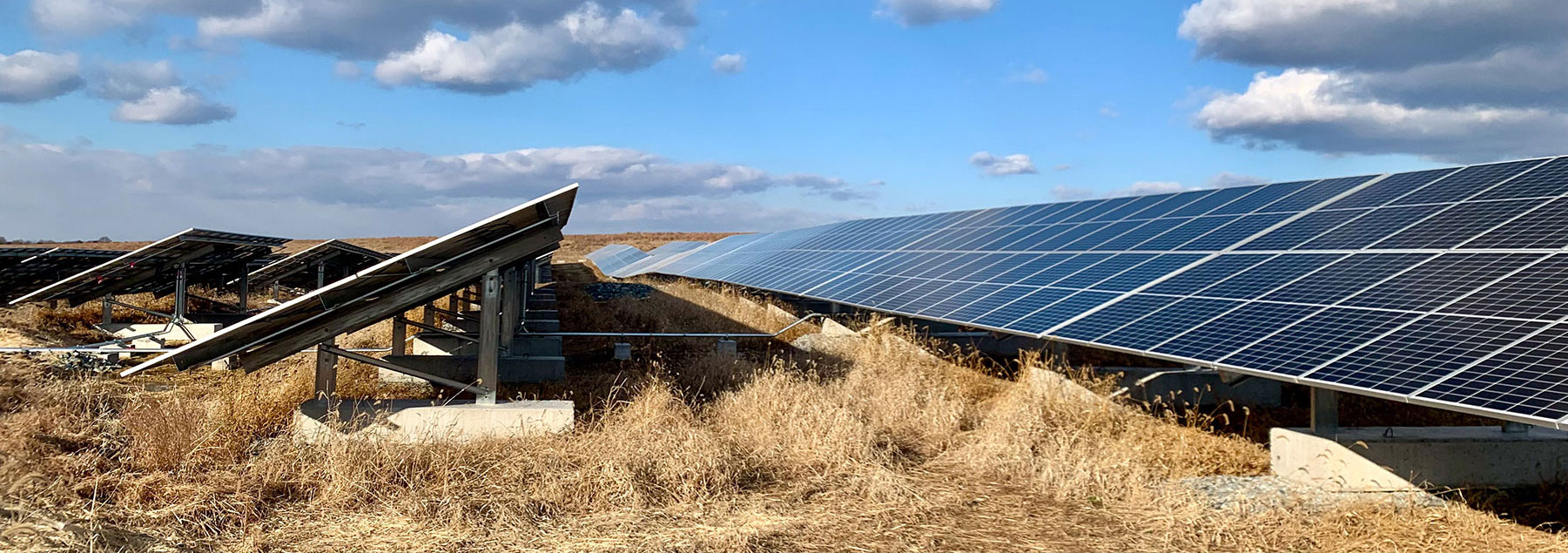
What Are Brownfields and Brightfields?
America’s economic growth left behind a legacy of brownfields — land that is potentially contaminated, and often neglected and underutilized. These kinds of sites are far more common than you may think, and include closed landfills, shuttered coal plants and mines, inactive steel mills, and abandoned factories. The US EPA estimates that there are over 450,000 brownfield sites across America.
For too many communities, these brownfields are daily reminders of past productivity and the struggle to redevelop sites that may pose health and safety hazards. In fact, thousands of brownfields sit idle or neglected for decades because it is often more costly or more complicated to redevelop them. Deploying clean energy (typically solar) on brownfields to convert them into “brightfields” is an often overlooked, under-discussed opportunity that can safely reactivate sites, generate new local revenue, and speed up the shift to cleaner, lower cost renewable energy.
The Potential of Brightfields
Brightfields offer a large (yet mostly untapped) market opportunity – especially with catalysts like new federal incentives from the Bipartisan Infrastructure Law and Inflation Reduction Act. The US EPA has identified more than 190,000 brownfields nationwide for possible clean energy deployment, and estimates a potential for hundreds of gigawatts of clean energy. In RMI’s 2021 report, The Future of Landfills is Bright, we estimated that America’s closed landfills alone could host at least 63 gigawatts (GW) of solar, enough to power the entire state of South Carolina. Through October 2023, the US EPA has tracked only 530 completed brightfields projects totaling a mere 2.6 GW of clean energy capacity. If just 1% of potential brightfields sites were developed, we could support an estimated 6 GW of clean energy and over 60,000 jobs. In other words, we’ve only just started to scratch the surface of what’s possible.
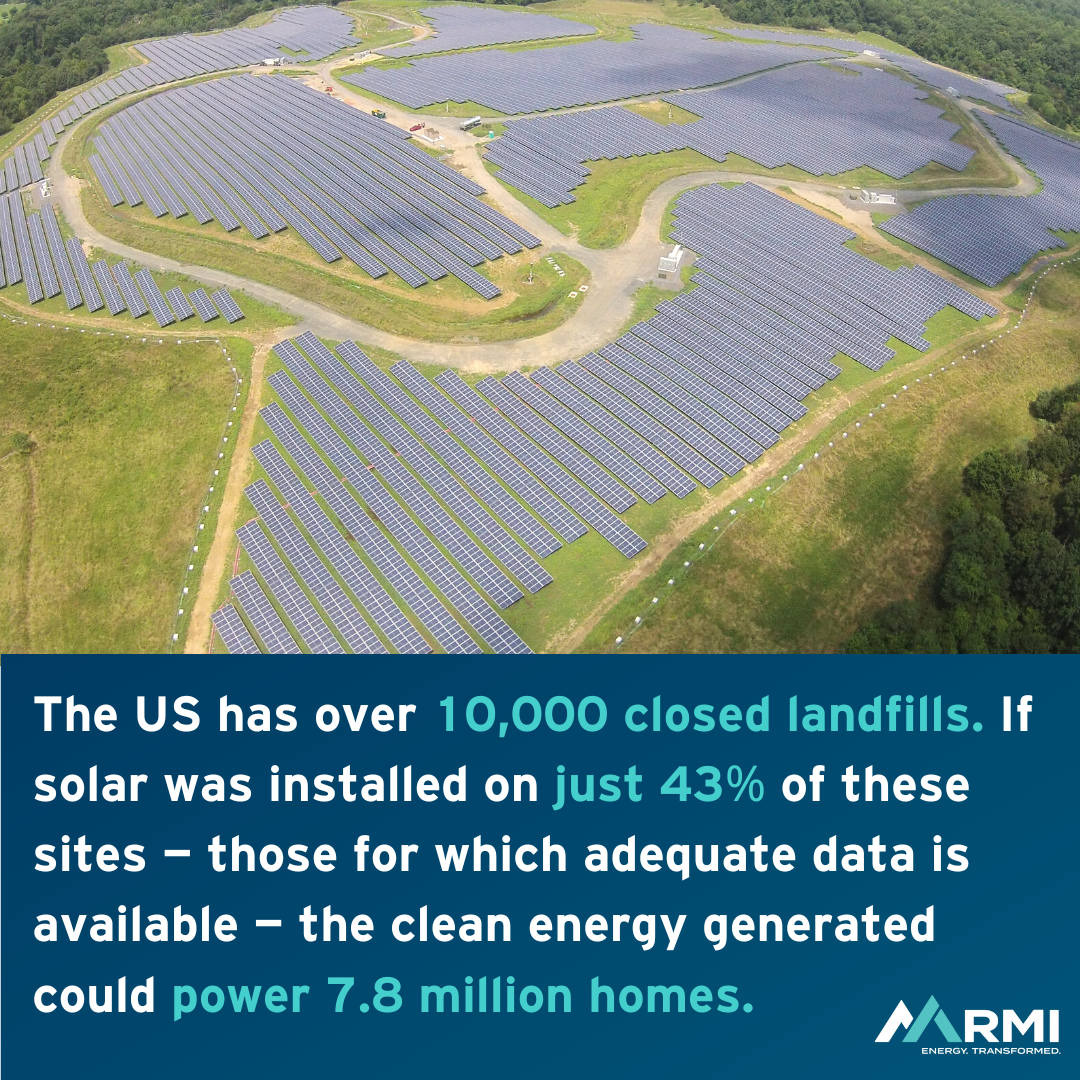
What RMI Is Doing
In 2022, RMI launched the first-ever accelerator for brightfields with Kansas State University’s Technical Assistance to Brownfields program to bring new opportunities to communities often left behind in the energy transition. This multi-year effort includes targeted technical assistance, tools, and other resources to help local governments, site-owners, and community partners make smart and sustainable choices about the reuse of brownfield sites. We also offer guidance on how to leverage new incentives from the Inflation Reduction Act to encourage clean energy projects on brownfields and in low-income communities. Our support includes:
- Identifying the most promising brightfield sites that achieve local goals
- Engaging productively and strategically with utilities
- Unpacking funding and incentives relevant to specific projects
- Accelerating procurement with market-based insights
- Connecting proposed projects into the brightfields market when ready
This technical assistance builds directly on RMI’s experience co-leading the American Cities Climate Challenge’s Renewables Accelerator. In this initiative, RMI helped cities small and large across America implement their energy and sustainability goals and collectively procure over 500 MW of clean energy. Now, we are enhancing the “brightfields toolbox” and helping communities across America prepare for a brightfields future.
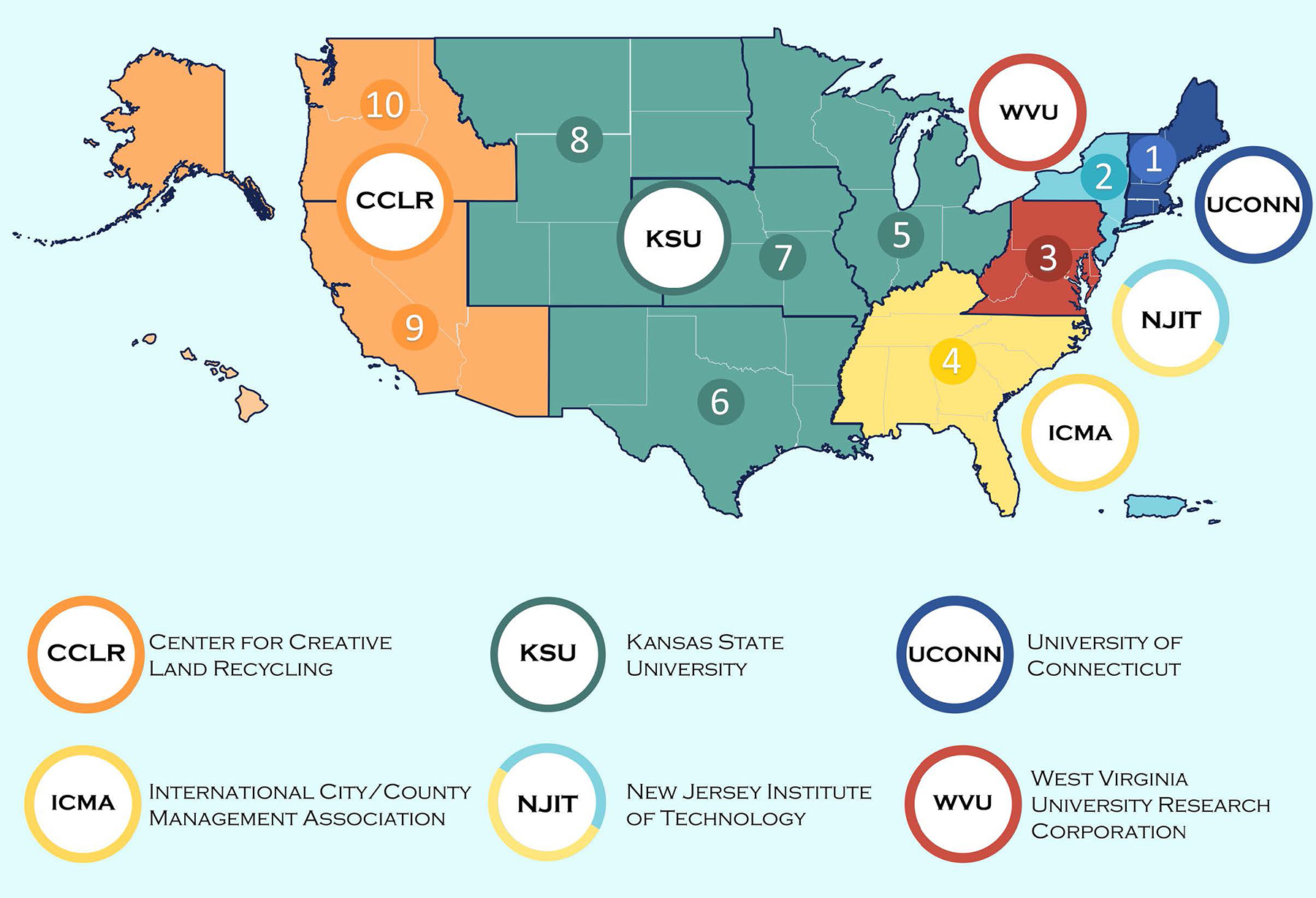
How To Learn More & Request Assistance
RMI is excited to collaborate with multiple regional partners in the EPA’s Technical Assistance to Brownfields (TAB) program. Thanks to these partnerships and other funders, RMI’s Brightfields Accelerator can support local governments, state agencies, tribes, and other non-profit site owners across most of the United States at no cost. To learn more about how your community can participate in this Brightfields Accelerator or how you can help RMI’s Brightfields Accelerator increase our impact, contact Matthew Popkin at mpopkin@rmi.org.
Resources
Report
Article
External Resources
American Solar Energy Society
Inflation Reduction Act Can Turn Brownfields to Brightfields
American Cities Climate Challenge
